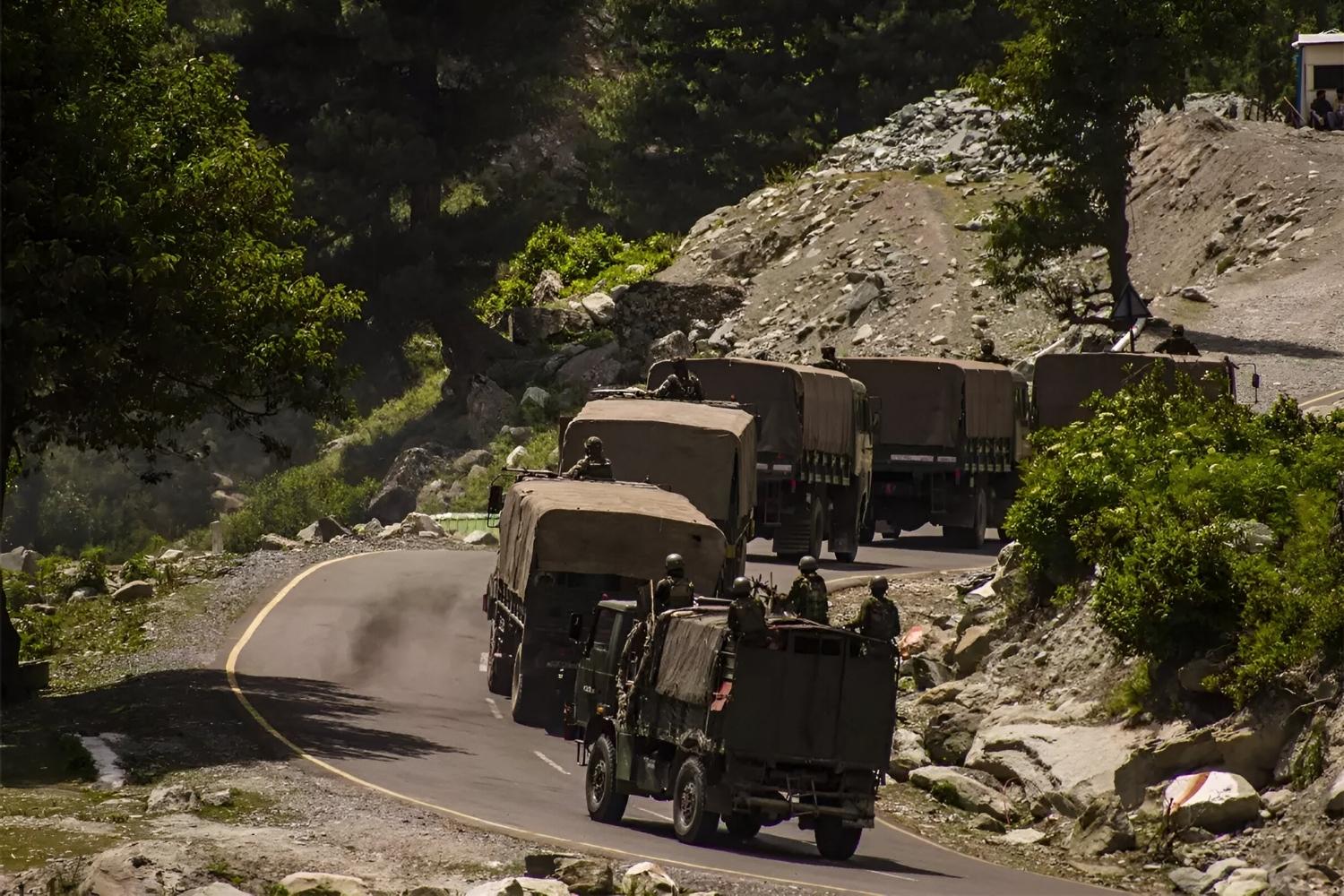
The Sumdorong Chu Standoff was a tense military confrontation between India and China in 1986-87. This standoff occurred in the Sumdorong Chu Valley, located in the eastern Himalayas. Both nations claimed the area, leading to a significant buildup of troops. The standoff began when Indian forces discovered Chinese troops had set up a camp in the valley. This led to a rapid escalation, with both sides deploying thousands of soldiers. Despite the high tensions, the situation was resolved without any armed conflict. The Sumdorong Chu Standoff is often cited as a key moment in India-China relations, highlighting the ongoing border disputes between the two countries.
Key Takeaways:
- The Sumdorong Chu Standoff in 1986-87 highlighted the importance of diplomatic negotiations in resolving conflicts between India and China, leading to the establishment of confidence-building measures and clear communication channels.
- The standoff underscored the need for clear demarcation of boundaries and the role of international diplomacy in preventing future conflicts, emphasizing the complexities of India-China relations.
Sumdorong Chu Standoff: An Overview
The Sumdorong Chu Standoff is a significant event in the history of India-China relations. This standoff took place in the Sumdorong Chu Valley, located in the Tawang district of Arunachal Pradesh, India. Here are some intriguing facts about this historical event.
-
The Sumdorong Chu Standoff occurred in 1986-87 between India and China.
-
The standoff was triggered by the Chinese military setting up a camp in the Sumdorong Chu Valley.
-
This region is strategically important due to its proximity to the McMahon Line, the boundary between India and China.
-
The McMahon Line was established in 1914 during the Simla Convention.
-
The Sumdorong Chu Valley is situated at an altitude of approximately 14,000 feet.
-
The Indian Army responded by deploying troops to the region to counter the Chinese presence.
-
This standoff lasted for several months, creating significant tension between the two nations.
-
The standoff was resolved through diplomatic negotiations without any armed conflict.
-
The resolution of the standoff led to the establishment of confidence-building measures between India and China.
-
The Sumdorong Chu Standoff highlighted the importance of maintaining clear communication channels between the two countries.
Historical Context
Understanding the historical context of the Sumdorong Chu Standoff provides insight into the complexities of India-China relations. Here are some key historical facts.
-
The 1962 Sino-Indian War had already strained relations between the two countries.
-
The war resulted in China gaining control over the Aksai Chin region.
-
The Sumdorong Chu Standoff was one of the first major military confrontations between India and China after the 1962 war.
-
The standoff occurred during a period of heightened military activity along the India-China border.
-
Both nations were keen to avoid another full-scale war, leading to a focus on diplomatic solutions.
-
The standoff underscored the unresolved border disputes between India and China.
-
The event emphasized the need for a clear demarcation of the boundary to prevent future conflicts.
-
The standoff also highlighted the role of international diplomacy in resolving such disputes.
Military Strategies and Tactics
The Sumdorong Chu Standoff involved various military strategies and tactics employed by both India and China. Here are some interesting facts about the military aspects of the standoff.
-
The Indian Army conducted Operation Falcon to counter the Chinese presence in the region.
-
The operation involved the deployment of additional troops and equipment to the Sumdorong Chu Valley.
-
The Indian Air Force played a crucial role in providing logistical support to the troops.
-
The Chinese military established a camp at Wangdung, a disputed area in the valley.
-
Both sides engaged in a show of strength by increasing their military presence in the region.
-
The Indian Army's deployment included the use of artillery and other heavy weaponry.
-
The standoff saw the use of advanced surveillance and reconnaissance techniques by both sides.
-
The Indian Army's strategy focused on maintaining a defensive posture while avoiding direct confrontation.
-
The Chinese military aimed to assert its claims over the disputed territory through a show of force.
Diplomatic Efforts and Resolution
Diplomatic efforts played a crucial role in resolving the Sumdorong Chu Standoff. Here are some key facts about the diplomatic aspects of the standoff.
-
The standoff was resolved through a series of high-level diplomatic talks between India and China.
-
The talks were facilitated by the respective foreign ministries of both countries.
-
The resolution of the standoff led to the signing of the 1993 Agreement on the Maintenance of Peace and Tranquility along the Line of Actual Control (LAC).
The Sumdorong Chu Standoff's Lasting Impact
The Sumdorong Chu Standoff remains a significant event in the history of India-China relations. This confrontation in 1986-87 highlighted the fragile nature of the border disputes between these two powerful nations. It also underscored the importance of diplomacy and military preparedness. The standoff led to increased military presence and infrastructure development in the region, which continues to influence current strategies.
Understanding the Sumdorong Chu Standoff helps grasp the complexities of international relations and the delicate balance of power in Asia. It serves as a reminder of the need for ongoing dialogue and cooperation to prevent future conflicts. The lessons learned from this standoff are still relevant today, emphasizing the importance of vigilance, negotiation, and mutual respect in maintaining peace and stability.
Frequently Asked Questions
Was this page helpful?
Our commitment to delivering trustworthy and engaging content is at the heart of what we do. Each fact on our site is contributed by real users like you, bringing a wealth of diverse insights and information. To ensure the highest standards of accuracy and reliability, our dedicated editors meticulously review each submission. This process guarantees that the facts we share are not only fascinating but also credible. Trust in our commitment to quality and authenticity as you explore and learn with us.
